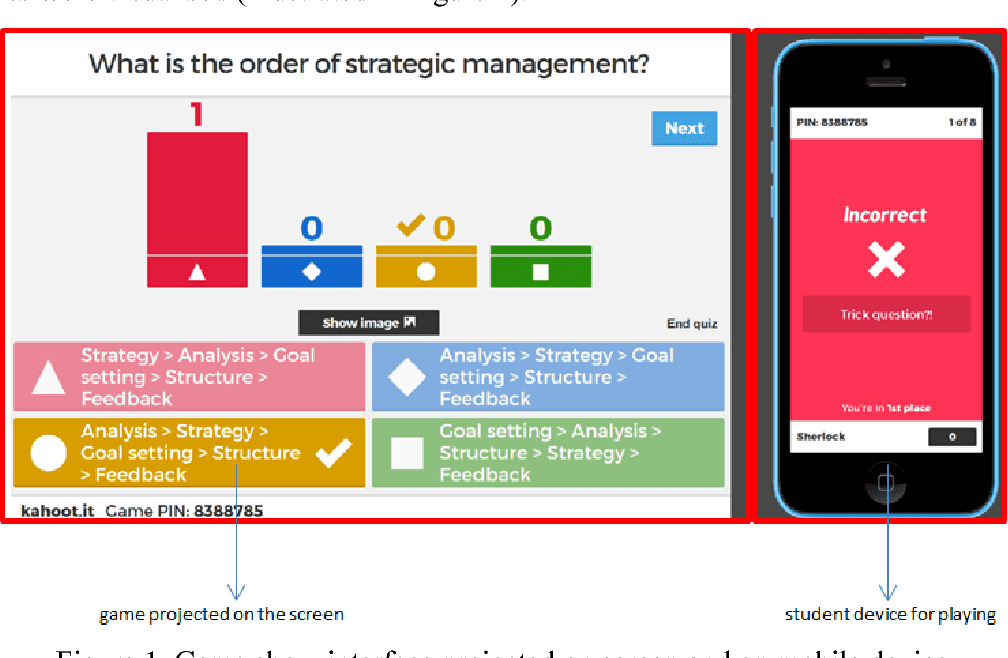

Design Forward
An emergent exploration of critical instructional design.
Design Forward
Portfolio Part: ISeeU: Engagement & Help at Your Level
DREAM TECH TOOL
ISeeU: Engagement & Help at Your Level
Step One
Imagine suddenly you have the power to design the technology tool for teaching of your dreams, unrestricted by cost, achievability, skills, the laws of physics, etc. What is it? What are its features? How does it work? Describe your technology tool in as much detail as possible.
Seeing as though I’m just in the beginnings of teaching, I find myself having trouble, not with the talking to students, but engaging them, hearing from them, them steering the conversation, them guiding the class, but making it fun to learn. I also find that students have trouble asking for help, whether it’s the in-person ask, approaching a faculty, or not wanting to look totally clueless in front of their class or their professor. My dream technology would be a combination of engagement and interactive game play and additionally students could use this to ask for help, ask questions, on their level, anonymously.
It would feature advanced graphics, sounds, and game play. Students would engage in the conversations in class through questions posed in a game and whoever engaged would receive points, whoever engaged and answered questions correctly, would receive additional points. These points could go towards participation, substitute for quiz, or a poor grade.
As for the questions, the program would instantly produce questions for them, of their choosing and students could fire these off or create their own questions. All these questions would be from the students in the class, but all would be anonymous. And if they chose the “I’m sorry, but I don’t get it or get this. Could you explain better?” question, the program would provide a transcript or video of what was just discussed in class.
I’m seeing a “Kahoot” styling of game play with additional interactive graphics, that students could click on to motivate them, inspire them, create reminders, upcoming assignments, or choose what they’d want for the interactive graphics.
I’m picturing a SmartBoard of sorts for the faculty in the classroom, while the student have their desks be made up of their screens or boards. All of this, would be available through their laptop and phone.
Step Two
Next, create some kind of visual representation of the tool, its interface, it being used, etc. Upload your image below.

Step Three
Now, based on the tool that you designed, consider: What instructional problem does it solve? What NEW problems might it present? Who does it include and who does it leave out? What does this tool tell us about you and your values? Consider these questions from the student perspective. What might their response to your dream tool be?
